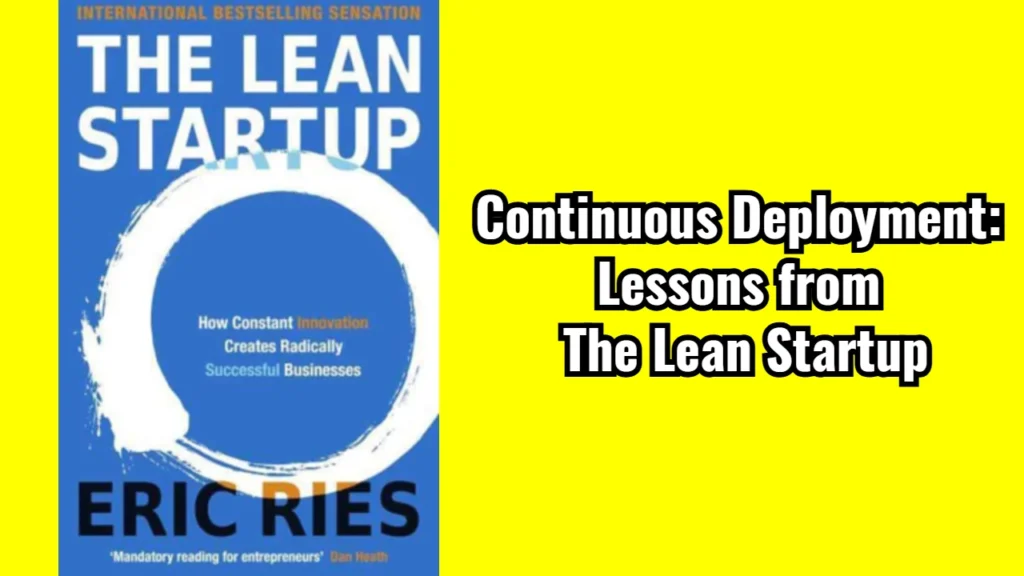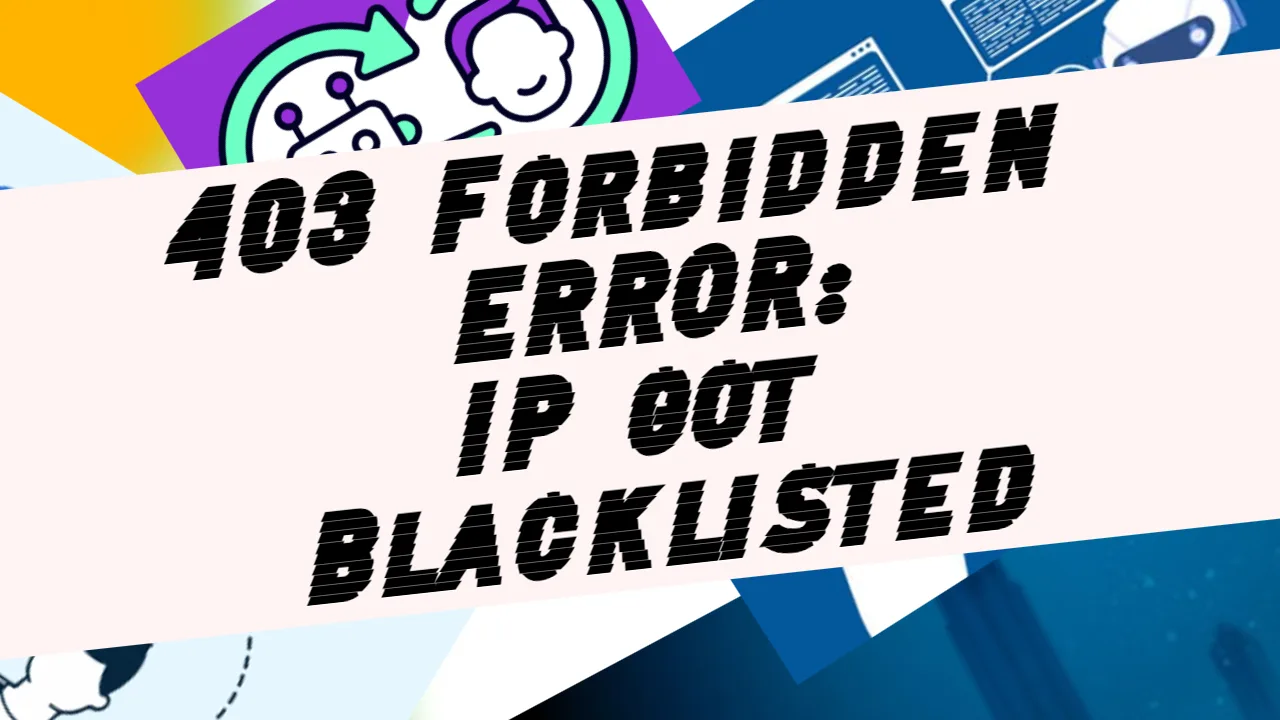Recently, I had the pleasure of reading The Lean Startup by Eric Ries, and I must say—it was a game-changer. While the book is filled with powerful insights on entrepreneurship and innovation, one of the key takeaways that resonated with me was Ries’ perspective on Continuous Deployment (CD) in software development. His ideas, influenced by lean manufacturing principles pioneered by Toyota, offer a fresh and highly effective way to build and deliver software.
The Essence of Continuous Deployment
At its core, Continuous Deployment is the practice of automatically deploying every change that passes automated testing into production. The goal is to eliminate the long cycles of traditional software releases and instead enable rapid iteration based on real user feedback. This approach reduces risk, improves quality, and accelerates innovation.
Ries argues that software teams should move away from batch releases and embrace a model where code flows smoothly into production. The rationale is simple: The faster we can get working software in front of users, the quicker we can learn from their behavior and make informed decisions.
Toyota’s Influence on Continuous Deployment
One of the most compelling aspects of Ries’ take on Continuous Deployment is the parallel he draws with Toyota’s lean manufacturing system. Toyota revolutionized car manufacturing by reducing waste, optimizing workflows, and creating a culture of continuous improvement. Ries suggests that software development can benefit from similar principles:
- Small Batch Sizes: Just as Toyota moved away from mass production to a just-in-time system, software teams should deploy small, incremental changes frequently rather than waiting for massive, complex releases.
- Reducing Waste: In lean manufacturing, waste is anything that doesn’t add value. Similarly, in software development, writing code that doesn’t get used or waiting too long to deploy a feature that users don’t need is a form of waste. Continuous Deployment ensures that only valuable code gets pushed to production.
- Built-in Quality Control: Toyota’s approach emphasizes detecting defects early in the process rather than fixing them later. In the same vein, Continuous Deployment relies on automated testing, monitoring, and feedback loops to catch and correct issues as soon as they arise.
The Role of Automation in Continuous Deployment
A critical enabler of Continuous Deployment is automation. Without robust automation frameworks, deploying software frequently can become chaotic and error-prone. Ries underscores the importance of having automated testing, continuous integration (CI), and monitoring systems in place to ensure that every deployment is smooth and reliable.
- Automated Testing: Before any change is deployed, it should pass a series of automated tests to validate functionality, performance, and security. This minimizes the risk of breaking the application.
- Continuous Integration (CI): Developers should merge code frequently into a shared repository where automated builds and tests run continuously. This ensures that integration issues are caught early, preventing “merge hell.”
- Real-time Monitoring: Once a new feature is deployed, it should be monitored in real-time for performance anomalies or unexpected behaviors. This allows teams to react quickly and roll back changes if necessary.
Benefits of Continuous Deployment
For software teams, adopting Continuous Deployment means:
- Faster Feedback Loops: Instead of making assumptions, we can rely on real-world data to validate decisions. This is a fundamental concept in The Lean Startup, where Ries advocates for rapid experimentation to discover what truly works.
- Reduced Deployment Anxiety: Small, frequent releases mean fewer surprises and easier rollbacks if something goes wrong. Traditional software deployment often results in stressful, high-stakes releases. With Continuous Deployment, changes are incremental, making it easier to troubleshoot and adjust.
- Increased Innovation: By quickly testing and iterating, we can experiment with new features and pivot when necessary. Startups and enterprises alike can take advantage of this agility to respond to market demands faster than competitors.
- Improved Code Quality: When deployments happen frequently, engineers are more incentivized to write cleaner, more modular code. The discipline required for CD leads to better software development practices overall.
- Higher Developer Productivity: With automated pipelines handling deployments, developers can focus on writing code and solving problems instead of worrying about manual release processes.
Challenges of Continuous Deployment
While Continuous Deployment offers immense benefits, it is not without its challenges. Organizations looking to implement CD must overcome several hurdles:
- Cultural Shift: Transitioning from traditional development cycles to CD requires a mindset change across the entire organization. Teams must embrace agility, automation, and accountability.
- Infrastructure Readiness: Companies need robust CI/CD pipelines, cloud-based deployment environments, and scalable architecture to support frequent releases.
- Testing Complexity: Automated tests must be comprehensive and reliable. Poorly written tests can lead to false positives or negatives, reducing trust in the deployment pipeline.
- Security Considerations: Releasing code continuously requires stringent security practices, including automated security scans and access controls to prevent vulnerabilities.
Continuous Deployment in Action
Many successful companies have adopted Continuous Deployment to great effect. For example:
- Amazon: Deploys code every 11.7 seconds on average, ensuring constant improvements and innovation.
- Netflix: Uses CD to deliver seamless updates to millions of users worldwide without service disruptions.
- Google: Engineers commit thousands of changes daily, ensuring their products evolve based on real-time user feedback.
These companies have demonstrated that CD is not just a theoretical concept—it is a practical, scalable approach that leads to better software and business outcomes.
Why Continuous Deployment Matters
Ries emphasizes that in a world of uncertainty, the ability to learn fast is a competitive advantage. Continuous Deployment is not just a technical best practice—it’s a mindset that aligns software development with the principles of experimentation, learning, and agility. It allows teams to iterate rapidly, respond to user needs in real-time, and minimize waste—all while maintaining a high level of quality.
For any company, whether a startup or an enterprise, adopting Continuous Deployment means moving at the speed of innovation. In today’s fast-paced world, the ability to deploy quickly and learn from real-world usage is not just beneficial—it’s essential.
Final Thoughts
Reading The Lean Startup made me rethink how we approach software development. Continuous Deployment is more than just automation—it’s about embracing change, minimizing waste, and optimizing for learning. If Toyota could transform manufacturing with lean principles, why shouldn’t we do the same with software?
If you haven’t read The Lean Startup yet, I highly recommend it. It’s filled with insights that can revolutionize the way we build and deliver products. And if you’re not already practicing Continuous Deployment, it might be time to start!




